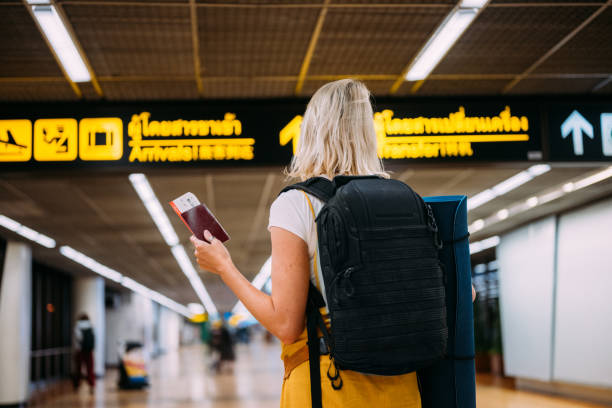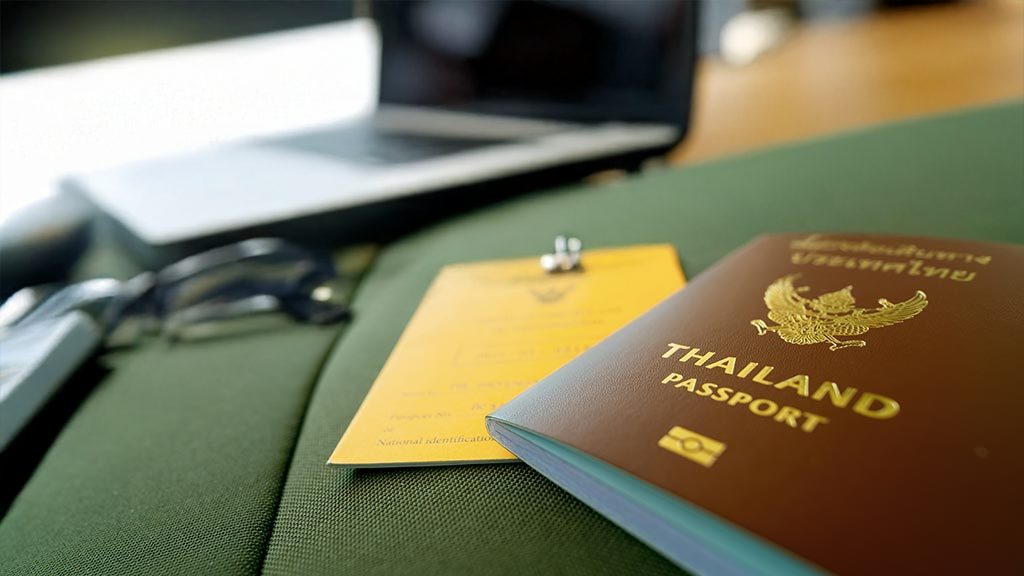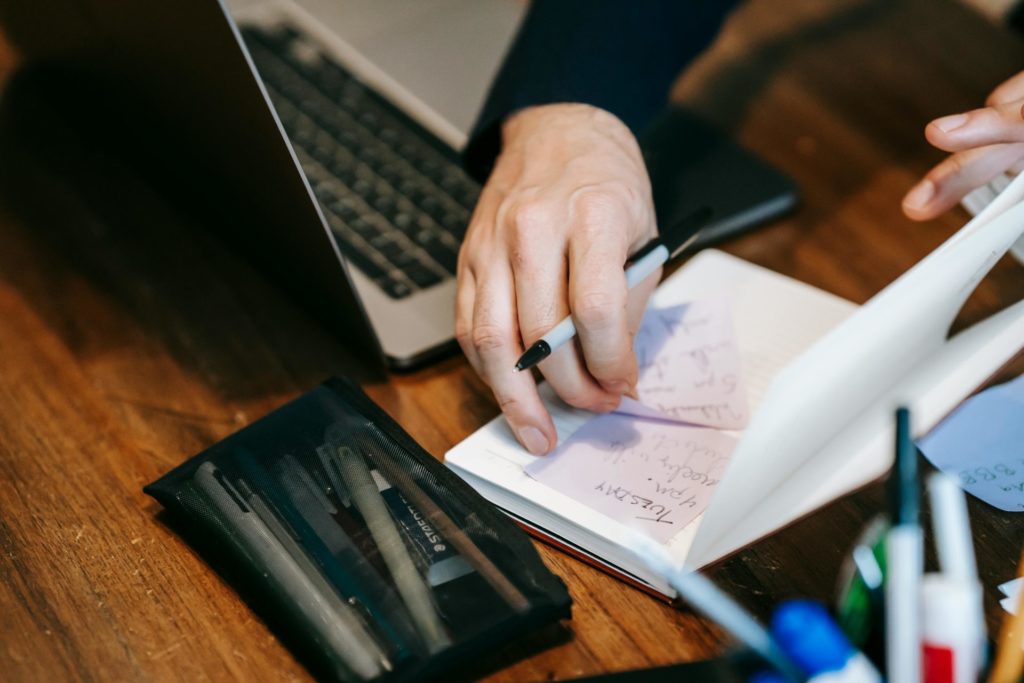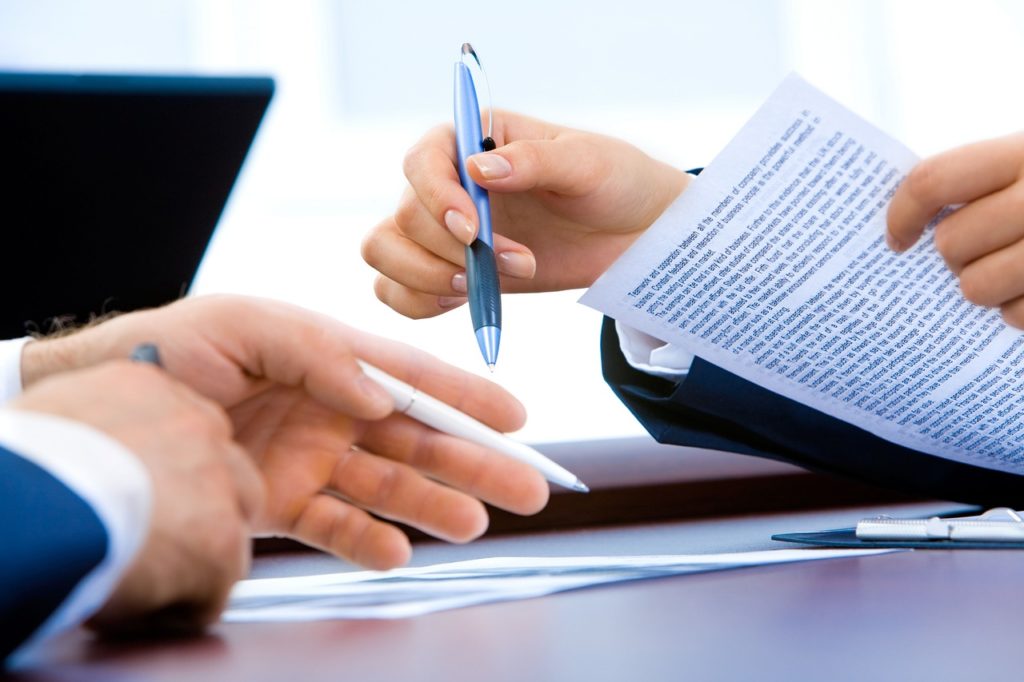Many MNCs manage transfer pricing risks by making retroactive TP adjustments when an MNC’s actual profit margin resulted from related party transactions (RPT) that deviated from the reasonable target supported by a transfer pricing benchmarking analysis. In the case where companies make a downward TP adjustment, a refund request in Customs view should be accepted and overpaid duty should be refunded. However, there were many cases the importer still confronts with difficulties to get the Customs Duty refund.
Here are 7 steps to manage more productive (Thai) Customs Duty refunds from downward adjustments:
- Review your current TP policy and determine an appropriate TP method
- Disclose and explain the facts and circumstances surrounding the possible TP adjustment under the current TP arrangements (according to Advance Pricing Agreement of Customs regulation)
- Endorse the pricing adjustment on import entry (entry-by-entry basis) that may be requested for Customs Duty refund.
- Gather relevant import data on entry-by-entry basis
- Quantify the refundable import duty
- Declare your pricing arrangement with the Customs Office and agree on the amount of the refundable import duty and administrative procedure
- Officially file the amendment and request for the Customs Duty refund






